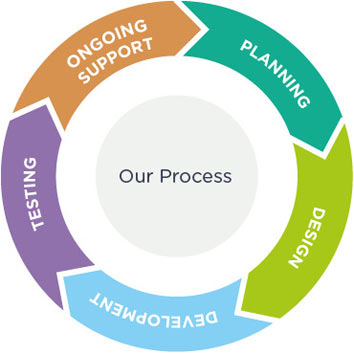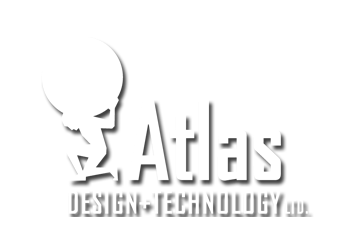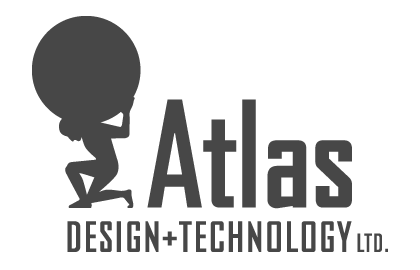
Cost-Effective Expertise and Experience
Atlas Design + Technology provides web design and development, software, hosting and maintenance services. Our experience and dependability, combined with our friendly, professional approach have helped us sustain and grow long-term relationships with our clients and partners since 1997.
CUSTOM WEB-BASED SOFTWARE
Development using PHP / MySQL
Solutions include Content Management Systems, Billing, Subscriptions and Memberships, Shopping and Commerce, Event Calendars and Registration, Article Publishing Tools, Geocoding and Routing, Advertisement Systems, Campaign Builders, Social Media Integration, Surveys and Forms, and much more.


Our Process
Client Briefing
The objective of the initial briefing exercise is to ascertain the business objectives, major functions, issues, and intended timelines of the project. The output of this phase will determine Atlas’s suggested approach to the following 3 phases.
Consulting
The Consulting phase allows Atlas to provide you with advice, analysis, and recommendations on your objectives, and the most efficient ways to realize these objectives.
Consulting may include the following activities:
- Development of ‘Central Client Objective’
- High level analysis of proposed feature set
- High level technical feasibility analysis
- Analysis of potential project and technical risks
- Analysis of Return on Investment across proposed feature set
- Definition and Analysis of user groups
- Brand Strategy and Consulting
- Competitor Audit and Analysis
- Site taxonomy and information architecture
- Online Marketing and audience generation strategies
- Identification of additional opportunities not recognized by client
This phase may be optional depending on the level of exploration already undertaken for a given project.
Scoping
The Scoping phase defines the scope (but not the detail) of what will be developed in the following phases of the project.
Having completed the work involved in the Consulting phase, Scoping determines how the features will be broken up into manageable ‘releases’, allowing us to reevaluate your strategy at the end of each release. The Scoping phase results in a document which is reviewed and approved before moving into Requirements Development.
Requirements Development
Once the scope of the project (or the first release of the project) has been clearly identified, the Requirements Development phase can begin. The Requirements document essentially delivers a checklist of requirements that the final system will fulfill. These requirements relate to functional, creative, and technical requirements of the system and are individually identified so that every piece of future work can be traced back to a particular requirement.
Since requirements actually define all elements of the system to be built, it is essential that the right people from your team are involved. Normally this will include some representation from the end user group. This phase involves a series of workshops with your Project Team and individual meetings with key business representatives.



